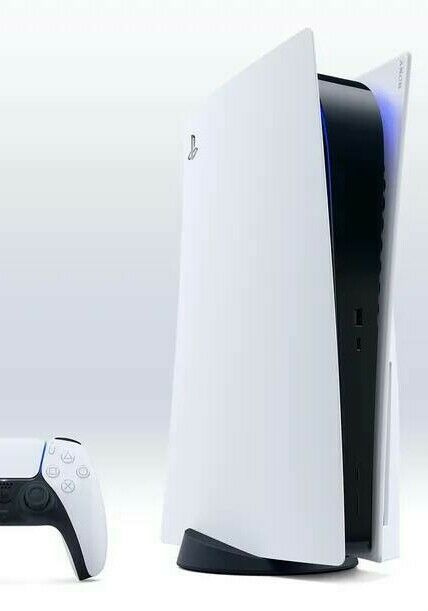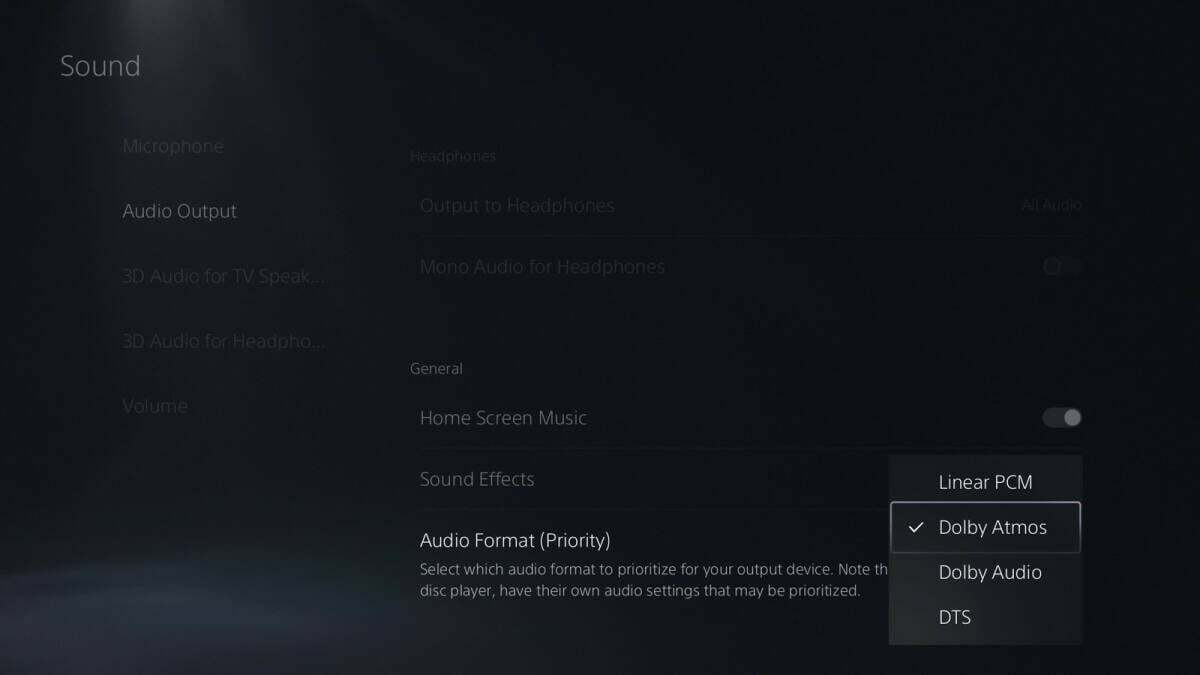What is Tempest 3D AudioTech?
According to Sony, Tempest will transform the gaming experience and will allow listeners to hear where individual raindrops are landing in a game's environment. Similar to that of Dolby Atmos, Tempest is designed to allow the listener to hear sounds as if they were happening around them.
The way it works is that the 3D audio technology deploys timed effects – using a host of audio algorithms – to create natural, true-to-life soundscapes that trick the user’s brain into pinpointing the precise location of each and every sound.
An expansion of the technology used in the PSVR virtual reality headset – which is capable of replicating 50 sound sources – Sony says that the PS5 uses object-based spatial sound technology to create some of the most advanced 3D audio available.
The PS5 boasts hundreds of intricate sounds – and in better quality when compared to the PSVR audio tech.
Sony has been clear in the past about wanting to focus on delivering 3D audio through headphones first, however, PS5 lead architect, Mark Cerny has said that the console will also be capable of delivering 3D audio through a regular set-up – whether it be television speakers, soundbars or surround sound systems.
Tempest Engine uses a completely reengineered AMD graphics chip to process audio from hundreds of in-game sound sources, thus delivering elevated 3D audio without the need for an expensive multi-speaker set-up.
The Tempest Engine creates 3D audio using something called a head-related transfer function, or HRTF – which is used to decipher how an individual's ear receives sound.
Sony has created five HRTF profiles for the launch of the PS5, based on data from over 100 people. The PS5 will help user’s find the best profile and personalise it to get the optimum 3D audio effect for their ears, although Sony says that it hopes to find a way to gather individual HRTF data in the future.
That would allow the PS5 to provide each and every gamer with 3D audio that would be unique to the shape of their ear.
While beta access will be limited to invited participants in select countries, Sony plans to release the update globally later this year.
If you’re selected to participate in the beta, you’ll receive an email invitation when it’s available to download. Some features available during the beta phase may not make it into the final version or may see significant changes.
The beta also includes more options to quickly find games and console tips, new ways to connect with other players and customise multiplayer sessions, and support for larger-capacity M.2 SSDs (up to 8TB).System UI Haptic Feedback.
Users also now have the option to turn on haptic feedback effects while navigating a PS5 with your DualSense controller, DualSense Edge controller or PS VR2 Sense controller, and can now mute or adjust the volume of the PS5’s beep sound when turning it on or off, or putting it in rest mode.




